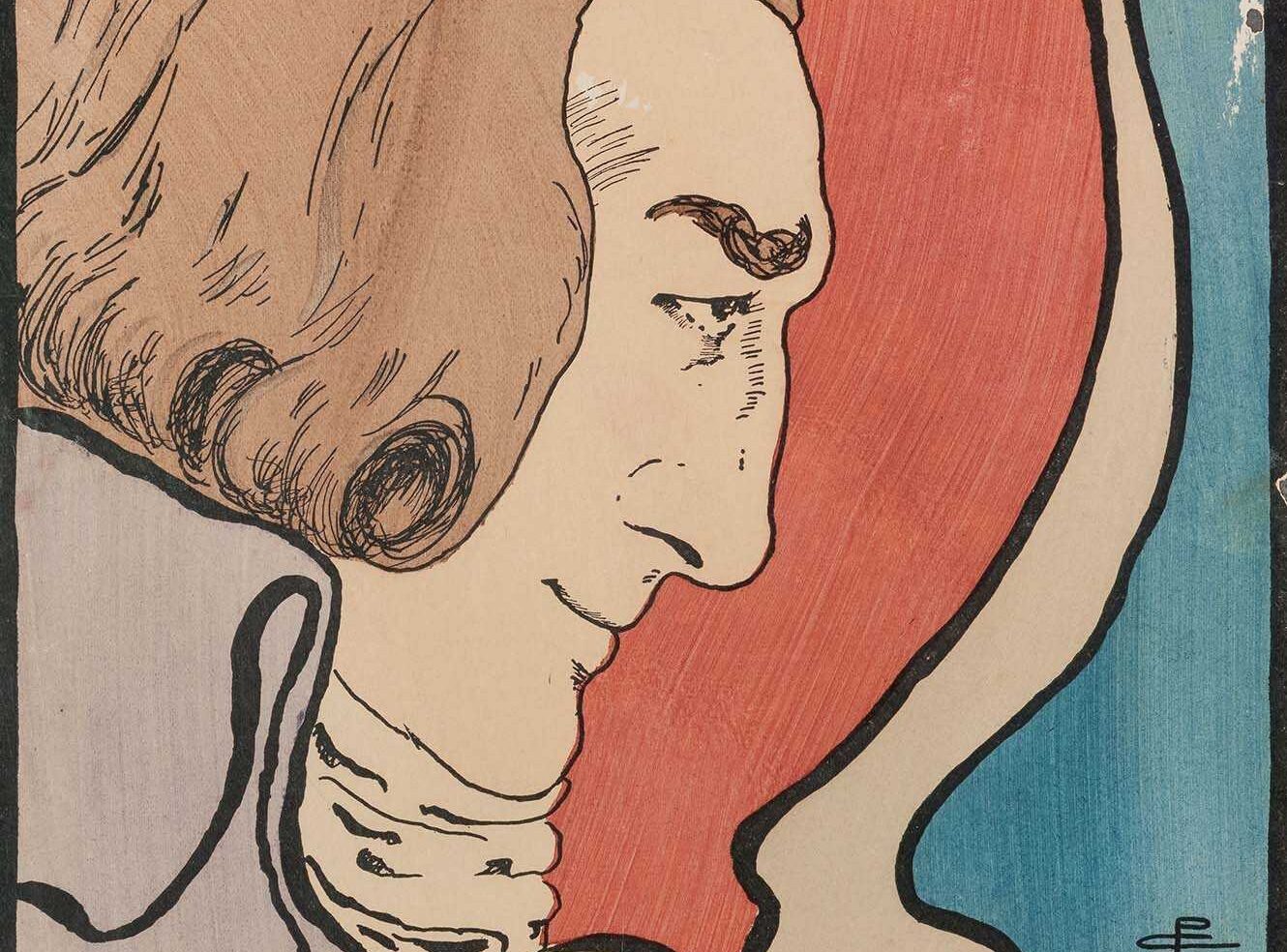Pomp, circumstance and a crystal palace: The Great Exhibition of 1851
Interior of the Great Exhibition, c.1851. Image © The Victoria and Albert Museum. Further reproduction prohibited without permission. Click the image to see this document in the collection.
165 years ago this weekend, the doors of the Crystal Palace were opened to the public for the first time. This architectural wonder of glass and steel housed an array of exotic artefacts from across the globe and would welcome over six million visitors during the Great Exhibition of 1851; Queen Victoria, an unlikely fan of heavy machinery, would visit three times and had her own private boudoir installed inside. For many, the exhibition represents the pomp and circumstance of the Victorian Age. In fact, one attendee, the artist William Morris, was reportedly violently ill after becoming overwhelmed by the excess of the event (incidentally, this falls inside my top three favourite accidentally discovered unverifiable internet anecdotes).
Hoping to promote Great Britain as the pre-eminent industrial and imperial power in the world, luminaries from the Society of the Arts - including Henry Cole and Prince Albert (see his somewhat unnecessary season ticket below) - assumed responsibility for the exhibition. Fundamentally, the fair served as a window to a world, and, indeed, an empire, that the British public could only imagine; Persian carpets, Siberian furs and American machinery dazzled fairgoers. William Makepeace Thackery, after visiting, would describe it thusly:
And lo! within its shining streets
A multitude of nations meets;
A countless throng
I see beneath the crystal bow,
And Gaul and German, Russ and Turk,
Each with his native handiwork

Prince Albert's season ticket to the exhibition, 1851. Click here to access this document in the collection. Portrait of Prince Albert, 1852. Click here to access this document in the collection. Images © The Victoria and Albert Museum. Further reproduction prohibited without permission.
The 165th anniversary of this ground-breaking event coincides with the publication, this spring, of our fantastic new resource, World’s Fairs: A Global History of Expositions. Amongst thousands of documents and pieces of ephemera from fairs across the world, this collection includes Cole’s diaries with entries such as this nonchalant boast from May 2nd, 1851: “At building. Universal congratulations on the success of the opening.” So much chill. Colourful images of handicrafts from India – the so-called “jewel” in the imperial crown – are amongst the most memorable in the collection; my favourite, super-subtle exhibit features a stuffed elephant topped with an extravagant howdah.
The Indian display, 1852. Image © The Victoria and Albert Museum. Further reproduction prohibited without permission. Click the image to view this document in the collection.
To find out more about the “multitude of nations” on display, and where they were located, take a look at the Interactive Site Plan (temporarily free to access) here. Using a floorplan from an official catalogue of the exhibition, this informative secondary feature allows users to browse the layout of the Great Exhibition (and four other key fairs) and explore images of specific exhibits that have been carefully plotted such as the Crystal Fountain, the Medieval Court and the British Nave.
The Interactive Site Plan is available to access until 27th May 2016. Click the above image to check out this feature in the collection.
Though the "shining streets" of Paxton’s original structure did not survive, the fair’s influence upon technology and design has been enduring. Most notably, the surplus raised through ticket sales was used to found the V&A, Science and Natural History museums, and the Royal Commission appointed ahead of the exhibition invests the profits – to this day – in science and engineering scholarships. From Elvis to Picasso, World’s Fairs have attracted big names and been hosted by cities as far-flung as Lima and Milan, but the exhibition of 1851, complete with stuffed elephants, would lay the groundwork for all that followed.
World’s Fairs: A Global History of Expositions is available now. For more information, including trial access and price enquiries, please contact info@amdigital.co.uk. The Interactive Site Plan and all of the documents used in this blog will be available to access for 30 days.
Recent posts

Foreign Office, Consulate and Legation Files, China: 1830-1939 contains a huge variety of material touching on life in China through the eyes of the British representatives stationed there. Nick Jackson, Senior Editor at AM, looks at an example from this wealth of content, one diplomat’s exploration of Chinese family relationships and how this narrative presented them to a British audience.

The Nineteenth Century Stage is a rich resource exploring the theatrical celebrities, artistry, and changing social roles of the era. It highlights Pamela Colman Smith, known for her Rider-Waite tarot illustrations and theatre work, whose influence shaped Victorian theatre. Despite being overlooked, her life and impact are vividly captured through striking art and intimate collections within this valuable resource.



